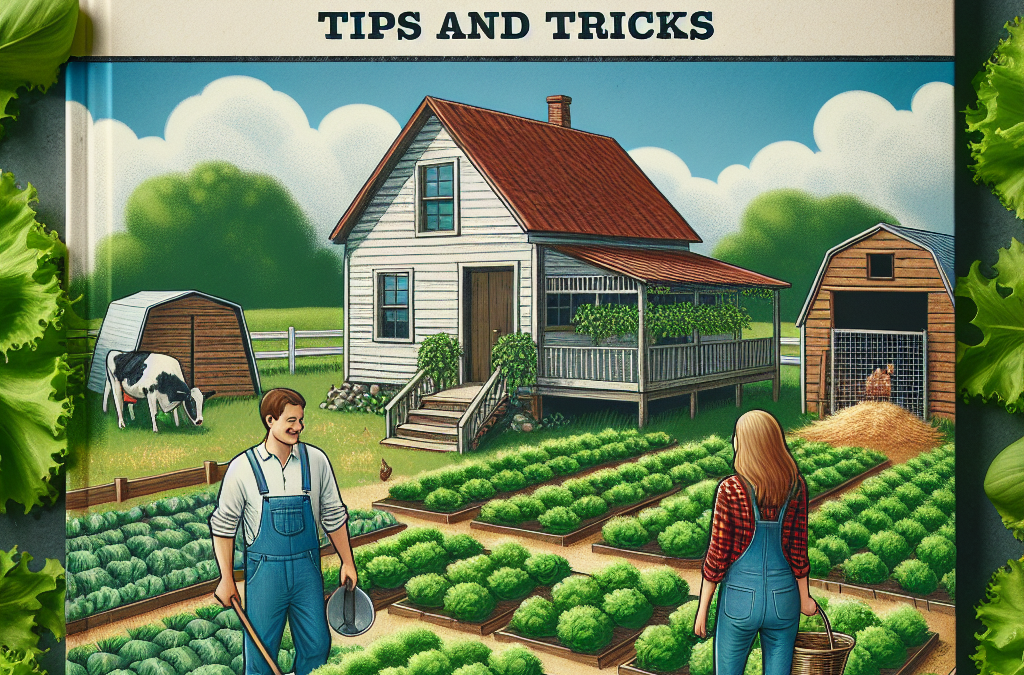Are you ready to start your own home farm? If so, then this article is for you! Home farming has become increasingly popular in recent years as people seek out ways to live more sustainably and reduce their carbon footprint. In this post, we’ll cover everything you need to know about starting your own home farm, from choosing the right plants and animals to marketing your homegrown products. Let’s get started!
Introduction to Home Farming:
Home farming can be a fun and rewarding experience that allows you to grow your own food and enjoy fresh produce year-round. However, before you dive into it headfirst, there are some things you should consider. First and foremost, decide what type of farm you want to create. Do you want to focus on growing vegetables or fruits? Or perhaps you’re interested in raising chickens or goats. Once you have an idea of what you want to do, research the specific needs of each plant or animal and determine if they will thrive in your area.
Choosing the Right Plants and Animals:
One important aspect of home farming is selecting the right crops and livestock for your region. Consider factors such as climate, soil quality, water availability, and seasonal changes when deciding which plants and animals to raise. For example, if you live in an arid area with little rainfall, drought-resistant crops like tomatoes and peppers may be a better choice than watermelons or cucumbers. Similarly, if you plan to raise chickens, make sure they have adequate space to roam and access to clean drinking water.
Preparing Your Land for Planting:
Once you’ve selected your crops and livestock, it’s time to prepare your land for planting. This involves clearing the ground of any debris or rocks, breaking up compacted soil, and adding nutrients like compost or manure. You may also need to install irrigation systems or fencing depending on your plans. Don’t forget to take into account the size of your plot and how much space you’ll need for each plant or animal.
Building a Sustainable Ecosystem:
A key component of successful home farming is creating a sustainable ecosystem that benefits both you and the environment. One way to achieve this is by using natural pesticides and fertilizers instead of chemical ones. You can also attract beneficial insects like ladybugs and lacewings to help control pests, and encourage birds to visit your farm by providing them with nesting boxes and feeders. Additionally, consider implementing conservation practices like rotational grazing or crop rotation to prevent soil erosion and maintain healthy soil.
Harvesting and Preserving Your Crops:
After months of hard work, it’s finally time to harvest your crops! Make sure to pick produce at its peak ripeness to ensure maximum flavor and nutrition. Depending on the type of crop, you may want to wash it thoroughly before consuming or preserving it. Some common methods of preservation include freezing, canning, and drying. By doing these things, you can extend the shelf life of your crops and enjoy them long after the harvest season ends.
Marketing Your Homegrown Products:
Finally, once you’ve grown and preserved your crops, it’s time to sell them! There are many different ways to market your homegrown products, including farmers markets, community supported agriculture (CSA) programs, and online sales platforms. Be sure to price your goods competitively while still making a profit, and don’t hesitate to tout the benefits of buying locally sourced, organic produce. With a bit of creativity and elbow grease, you can build a thriving business around your home farm.





